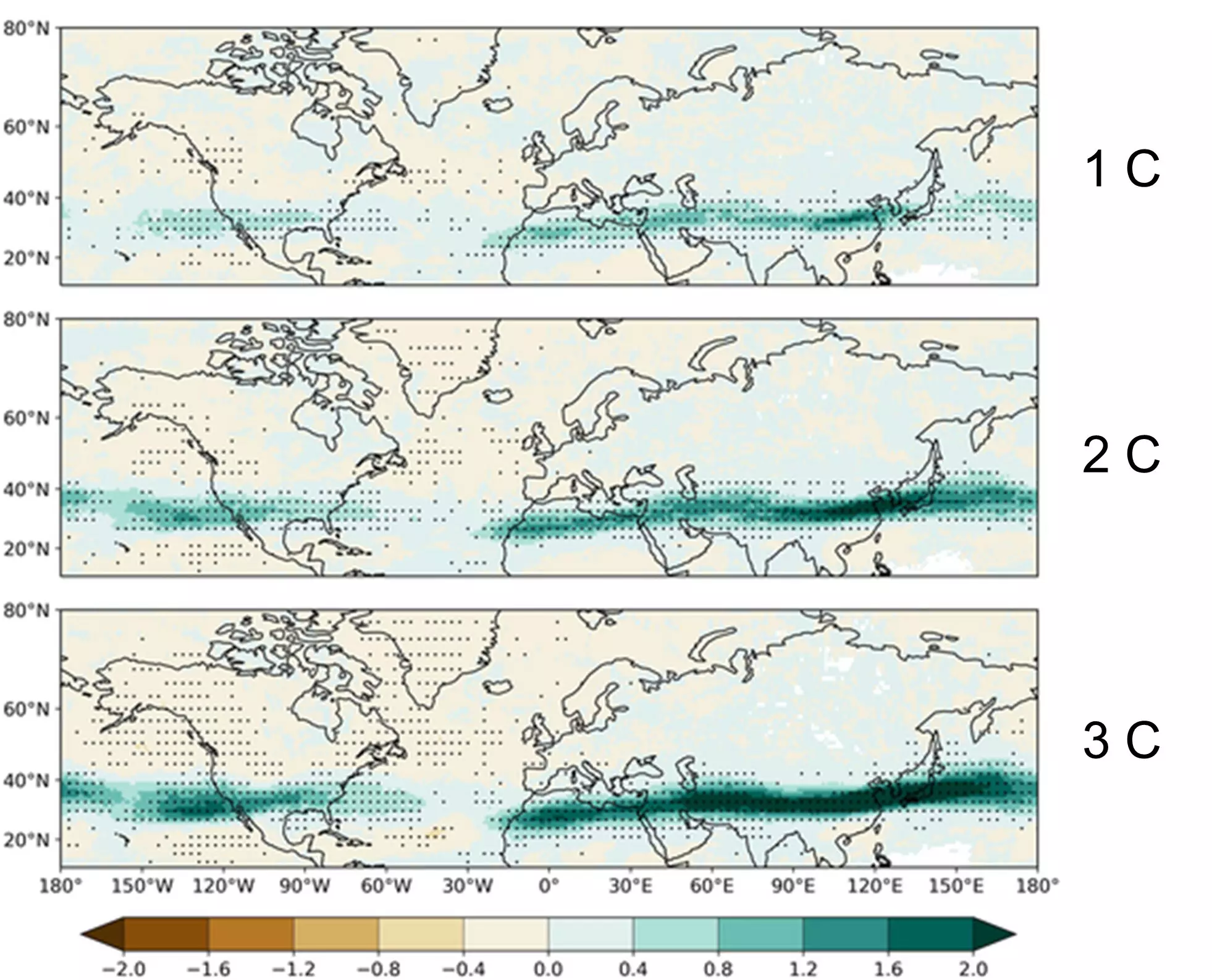The aviation industry has long grappled with various forms of turbulence, but one enigmatic adversary has proven particularly challenging: clear air turbulence (CAT). Unlike turbulence encountered during thunderstorms or mountain ranges, CAT is an invisible threat, detectable only through its whimsical effects on aircraft. As our climate changes, however, the patterns and frequency of this unpredictable turbulence are expected to intensify, raising essential questions regarding flight safety and travel experiences.
Clear air turbulence primarily occurs in the vicinity of jet streams—swift air currents flowing at high altitudes where commercial airliners typically operate. A recent study published in the *Journal of Geophysical Research: Atmospheres* paints an alarming picture of the future of CAT in the Northern Hemisphere. Building upon extensive data collection from 1980 to 2021 and detailed modeling exercises, researchers have established a clear correlation between climate change and rising instances of CAT.
Implications of Climate Change on Aviation
The findings indicate that as global temperatures continue to rise, the probability of encountering clear air turbulence will escalate. Researchers noted that moderate-to-severe instances of CAT in regions like North Africa, East Asia, and the Middle East have surged by as much as 155% over the last four decades. This shift isn’t merely a statistical forecast; it carries real-world implications for passenger safety and aircraft design.
Mohamed Foudad, the lead author of the study and an atmospheric scientist at the University of Reading, has identified clear air turbulence as the leading cause of aviation turbulence, contributing to around 70% of all weather-related aviation incidents in the United States alone. Notably, there have been well-publicized injuries resulting from unexpected encounters with CAT in flights from reputable airlines, underscoring the need for heightened awareness and better preparedness.
Turbulence Prediction and Challenges
Despite its increasing prevalence, clear air turbulence remains a formidable challenge to predict. Unlike other atmospheric disturbances, CAT does not exhibit warning signs, making it difficult for pilots and airlines to devise avoidance strategies. This predicament begs a crucial question: How can the aviation industry adapt to mitigate the risks associated with rising CAT due to climate change? Engineers and designers are now tasked with integrating these findings into aircraft construction and flight planning.
The root of the increase in CAT is tied to the dynamics of the jet streams. As the planet warms, jet streams are projected to become more volatile, resulting in more frequent occurrences of vertical wind shear—the sudden changes in wind speed and direction that catalyze CAT. Current models suggest that the probability of encountering this turbulence can rise with each degree of warming, affecting how airlines operate.
The Global Threat of Clear Air Turbulence
While East Asia currently experiences the highest frequency of CAT at around 7.5% during flights, regions of the Northern Hemisphere across the globe are expected to uphold similar trends. Predictions indicate that areas substantially influenced by the jet stream will see increased turbulence rates. Notably, there remains some uncertainty. While prior studies indicated potential rises in the North Atlantic region, recent data could not definitively attribute these changes to climate change, illustrating the variability inherent in atmospheric sciences.
As flight patterns adjust and travelers anticipate a higher incidence of in-flight turbulence, the implications extend beyond mere discomfort. Increased turbulence can also lead to safety concerns, particularly for passengers with pre-existing health conditions and for injury-prone individuals.
Moving Forward: Preparing for an Unpredictable Future
In light of these findings, it becomes imperative for the aviation industry to heed these warning signs. As researchers identify clear air turbulence as a direct consequence of climate fluctuations, preparatory measures must evolve. This could involve innovative design practices for aircraft to withstand unexpected bursts of turbulence and pilots receiving additional training to navigate such challenges effectively.
Furthermore, the aviation sector must advocate for enhanced forecasting technologies, prioritizing CAT predictions to improve safety. With changing atmospheric conditions influencing flight patterns, the industry should also explore whether changes in cruising altitude could provide a buffer against increasingly frequent clear air turbulence encounters.
The coordination of scientists, engineers, and airlines will prove essential in navigating this evolving landscape. The aviation industry must adapt to these emerging trends as our climate continues to shift, ensuring that the skies remain safe for travel amid turbulent times. As we take to the skies, understanding the intricacies of clear air turbulence and preparing for it will be key factors in ensuring safe and enjoyable journeys for passengers.


Leave a Reply